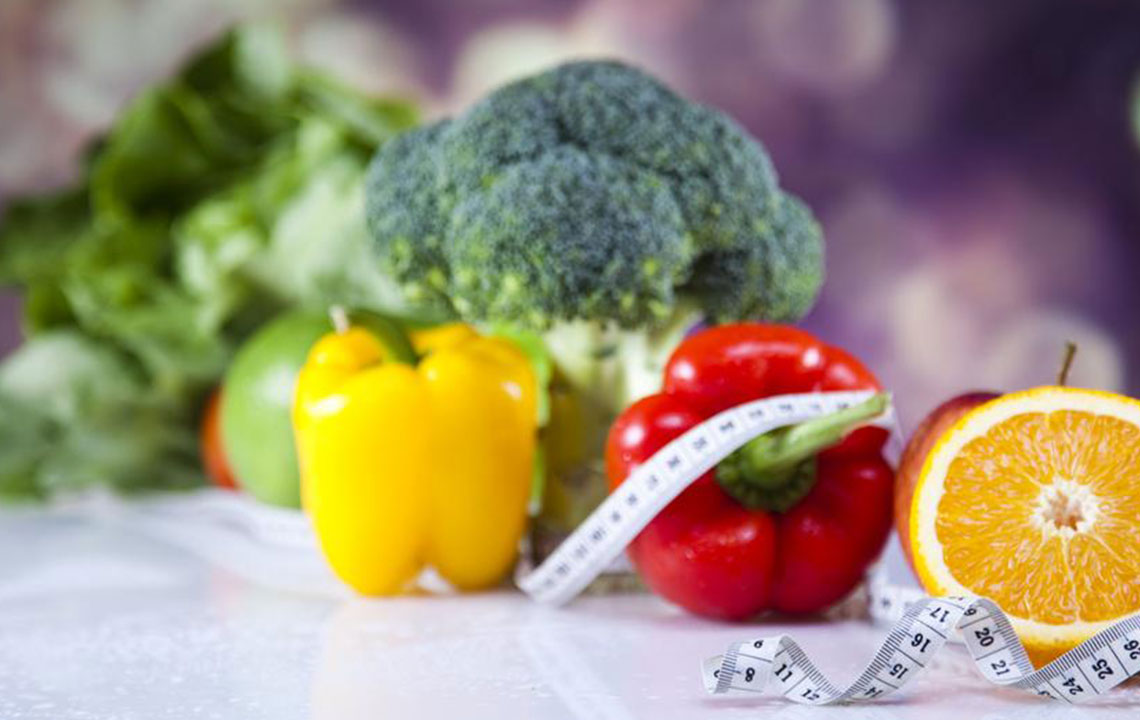Understanding Atkins diet plan
As you may also have heard, or seen on many social media platforms, Atkins 40 is the brand-new weight loss solution that helps you to have greater (and healthy) carbs, right from the start. You might consider Atkins as the no-carbohydrate food diet, but the Atkins diet has evolved through the years and is also misunderstood. One of the common misconceptions is that the first section of Atkins diet is the complete program. However, the key to implement a successful Atkins plan is to find a variety of grams of carbohydrates, known as non-public “carbohydrates stability” that you could preferably consume while you continue to lose your weight, to preserve your urge for food, and to remain energized.

Atkins 40 allows you to begin the Atkins program with forty grams of net Carbohydrates, which is a new access point into the program. This indicates you could eat from all food groups from day one of the program.
What are net carbs?
When you are following the Atkins approach, you count carefully on net carbs, which means the whole carbohydrate content of the meals minus the fiber content. The net carb number reflects the grams of carbohydrate that significantly affect your blood sugar level. You may calculate the approximate variety of net carbohydrate grams of a low-carbohydrate product by yourself.
The calculation for net carbs is as follows:
Total Carbohydrates is sugar alcohol + dietary Fiber = net carbs
For instance, if you ate 2 cups of spring blend, 6oz chicken, ½ an avocado along with balsamic vinegar, your entire carb intake would be 25.3gms carbohydrates, and your fiber constitutes 8.8gms, totaling 16.5gms of net carbs for that single meal.
In an Atkins 40 diet, you can eat:
- A Greater amount of veggies than the USDA recommends.
- Proteins such as plant-based Perkins, meats, poultry, and fish.
- Healthy fats along with olive oil, nuts, and avocado.
- Dairy products such as Greek yogurt, cheeses, etc.
- A variety of whole grains and fruits.